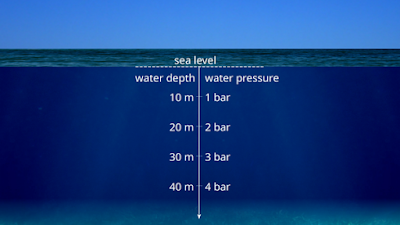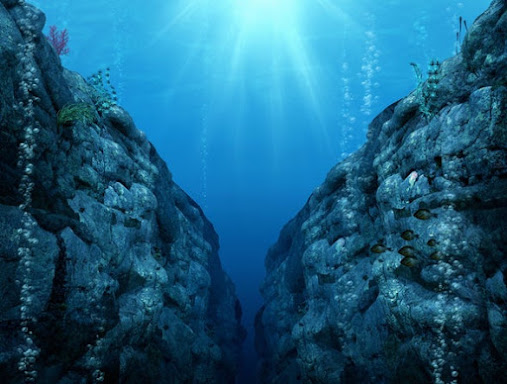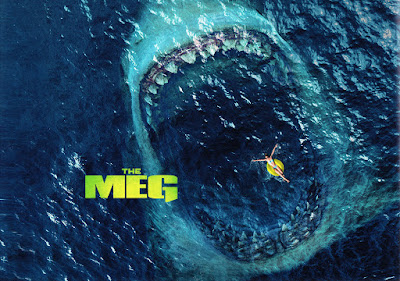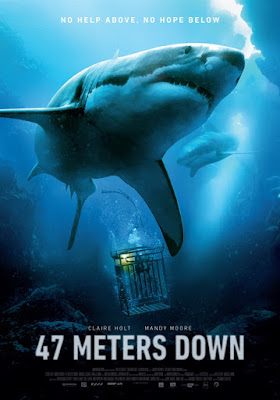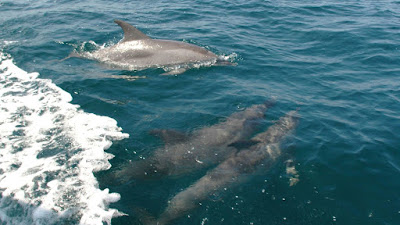An 80 Million Years Ago Giant, Prehistoric Lizard Renamed As Gnathomortis stadtmani (Jaws Of Death)
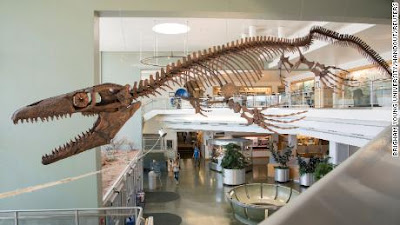
Some 92 to 66 million years ago, as the Age of Dinosaurs waned, giant marine lizards called mosasaurs roamed in the ocean that covered North America from Utah to Missouri and Texas to the Yukon. The air-breathing predators were streamlined swimmers that gorged almost everything in their path, including fish, turtles, clams, and even smaller mosasaurs. First, the mosasaur bones have been discovered near the Delta County town of Cedaredge in 1975, by Coloradoan Gary Thompson which the teen reported to his high school science teacher. The specimens made their way to Utah's Brigham Young University, where, in 1999, the creature that left the fossils was named Prognathodon stadtmani. "I first learned of this discovery while doing background research for my Ph.D.," says newly arrived Utah State University Eastern paleontologist Joshua Lively, who recently took the control as curator of the Price campus Prehistoric Museum. "Ultimately, parts of this fossil, which were prep...
